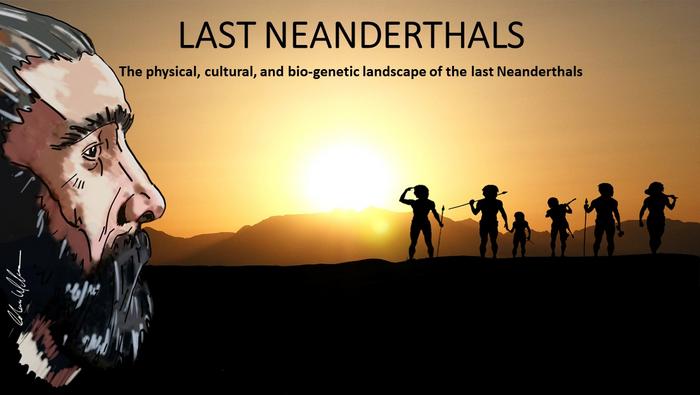In search of the last Neanderthals: The Universities of Bologna, Siena, and Haifa will conduct a new ERC-funded project with 13 million euros

The extinction of the Neanderthal remains one of the great unsolved mysteries of the evolutionary path followed by the Homo genus. What are the causes that led to the disappearance of this species? What was the timeframe and spatial context? What was the chain of events that led to the development of this phenomenon?
LAST NEANDERTHALS is the new major research project funded with 13 million euros by the European Research Council (ERC), which will seek answers to these questions by expanding archaeological research beyond the context of Western and Central Europe.
Led by Principal Investigators Stefano Benazzi, Francesco Berna, and Omry Barzilai, the project is an ERC Synergy Grant, an initiative aimed at expanding our knowledge through synergies among different research groups, each coordinated by a Principal Investigator with a significant scientific track record.
LAST NEANDERTHALS will extend archaeological investigations to sites in Eastern and Southeastern Europe, and even further east, to those in Western and Central Asia, shedding light on the chain of events that led to the extinction of the Neanderthals.
LAST NEANDERTHALS is the first ERC Synergy Grant won by the University of Bologna: Stefano Benazzi, a professor at the Department of Cultural Heritage, is the project coordinator. In addition to the University of Bologna, the project is conducted by the University of Siena with PI Francesco Berna, and the University of Haifa with PI Omry Barzilai, in collaboration with the Universities of Pisa and Cologne.
“To convincingly reconstruct the chain of events that led to the extinction of the Neanderthals, we need new and broader archaeological data,” explain Benazzi, Berna, and Barzilai. “The information we have gathered so far primarily comes from archaeological sites in Western and Central Europe: now we want to expand the research to Western and Central Asia, as well as Eastern and Southeastern Europe.”
Before their sudden disappearance about 40,000 years ago, the Neanderthals survived for approximately 350,000 years across a vast territory stretching from the Iberian Peninsula to southern Siberia. However, today we know that the European archaeological sites where most of the Neanderthal artifacts have been found are located in peripheral areas compared to the regions where the last Neanderthals lived.
By expanding investigations to archaeological sites in Eastern and Southeastern Europe, and even further east to those in Western and Central Asia, the research teams of LAST NEANDERTHALS will focus on the areas where interactions occurred between Neanderthals, Denisovans, and Homo sapiens.
“For the first time, we will work in synergy in these regions to gain a more detailed understanding of the decline of the Neanderthals,” Benazzi adds. “We will collect and precisely model new cultural, biological, and environmental data at high resolution, with the goal of providing an unprecedented perspective on the population dynamics of the last Neanderthals and offering a comprehensive and compelling explanation of the mechanisms that led to their extinction.”
Press release from the University of Bologna


